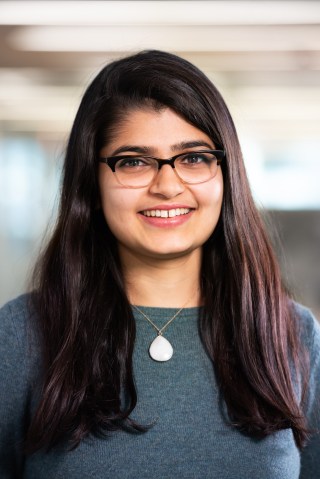
Key findings about religious restrictions around the world in 2021
The most common kinds of government restrictions on religion in 2021 included harassment of religious groups and interference in worship.

Samirah Majumdar is a research associate at Pew Research Center, where she focuses on global restrictions on religion. Samirah holds a master’s degree from Georgetown University and a bachelor’s degree from Barnard College. She is an author of Pew Research Center reports including “How COVID-19 Restrictions Affected Religious Groups Around the World in 2020,” “Globally, Social Hostilities Related to Religion Decline in 2019, While Government Restrictions Remain at Highest Levels,” “In 2018, Government Restrictions on Religion Reach Highest Level Globally in More Than a Decade” and “A Closer Look at How Religious Restrictions Have Risen Around the World.”
© 2024 Pew Research Center